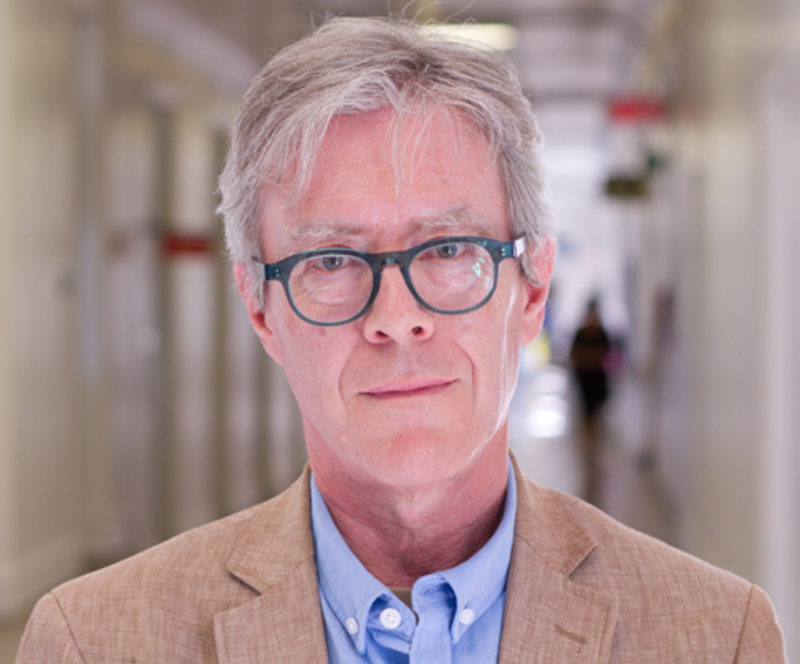Social and ethno-cultural factors have important impact on temporal variation of suicide rates. Québec experienced radical changes in suicide rates from the lowest in Canada in early ‘60s to the highest in the ‘80s. With respect to its non-aboriginal population, social researchers attributed these changes in suicide rates to the rapid secularization and changing gender roles.
Recently, criminologists, sociologists and historians from Ottawa University, under the direction of Patrice Corriveau, Isabelle Perreault, Jean-François Cauchie, and André Cellard, and thanks to the technology available through the Laboratoire d’analyse historique des régulations sociales (LAHRS) at Université du Québec à Montréal, are in the process of converting into electronic documents all Québec Coroner’s reports on suicide cases, including suicide notes, from year 1763 to 1986.
Information taken from more than 30,000 suicides files will result in an extremely valuable database to investigate social and ethno-cultural factors in a systematic manner over two centuries, for an entire society, on a same territory, for an ethnical, religious, linguistic and socio-economic diverse population. We are unaware of any such platform covering over 2 centuries of observations to study suicide, giving opportunity to shed new light on transition from criminal and religious social views to secular and sanitary social views of the suicide phenomenon.
The QSSRAP will complement the efforts of the Strategic Group on Psychosocial, Ethical and Aboriginal Health Research by allowing the study of long-term patterns in suicides and in the way they were reported and described by the Coroner, police officers, family members, etc., as well as the individuals themselves (according to the notes).


